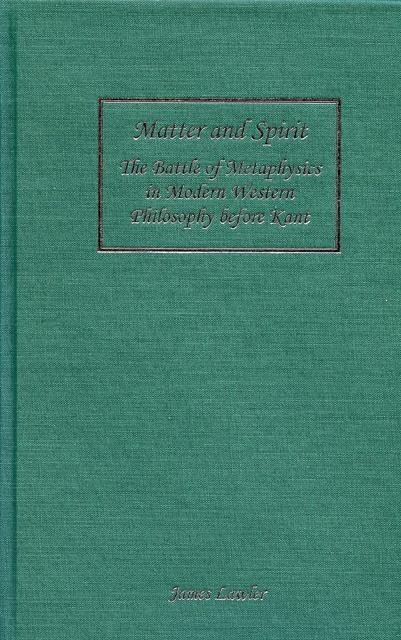13 - The Best of All Possible Worlds
Published online by Cambridge University Press: 17 March 2023
Summary
MADE FOR EACH OTHER
According to Leibniz, each monad is an independent self-moving entity, and so are the complex unities of monads that constitute the objects of ordinary experience. The “stationary” (that is, relatively stationary) ball B only moves to the right side pocket when the cue ball A strikes it on a certain angle with a certain force, but not as a result of the action of the cue ball. Leibniz argues—perplexingly but with a clear logic—that while the two motions are evidently correlative, there is no causal connection between them. At the precise moment when the two balls come (seemingly) into contact, the A ball, of its own accord as it were, moves into the right side pocket, while the B ball, equally independently, moves into the left pocket. The real connection of the two motions is not a matter of one causing the other or of both somehow simultaneously causing each other (if that even makes sense) but solely a matter of energetic awareness or consciousness that each has of its own unfolding evolution in the context of the other—however primitive or obscure this consciousness must be thought of in the case of inanimate objects. The action and reaction described by physics is not a matter of external action of one on the other and the other on the one, but of each preserving itself and moving itself in the proto-awareness or primitive sensing of the context of the other.
Leibniz's idea is supported in the light of contemporary physics for which the solidity of objects vanishes through microscopic examination. Ninety-nine percent of objects can be said to consist of “empty space.” In this perspective, it becomes mysterious why when the two billiard balls encounter each other they do not just pass through each other. The reason of course is that the material bits of the atoms that constitute the body (which may themselves be further composed of states of energy between even smaller bits) are in a complex field of energetic relationship with one another. As the macroscopic objects enter into the zones or fields of each other they communicate with one another energetically—that is, in anthropomorphic terms, they perceive one another—and respond accordingly from out of their own inner history, a history that is recorded within each object through distinctive patterns of energy.
- Type
- Chapter
- Information
- Matter and SpiritThe Battle of Metaphysics in Modern Western Philosophy before Kant, pp. 406 - 442Publisher: Boydell & BrewerPrint publication year: 2006



